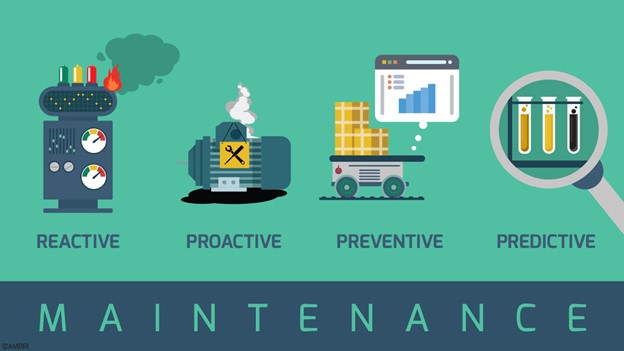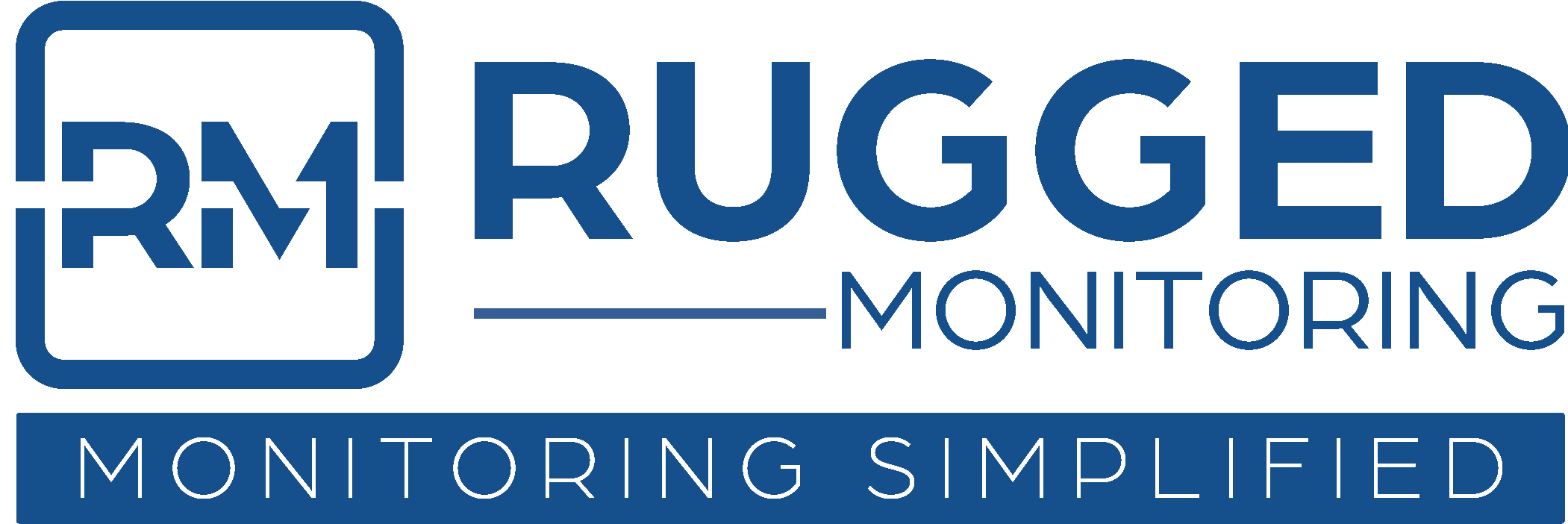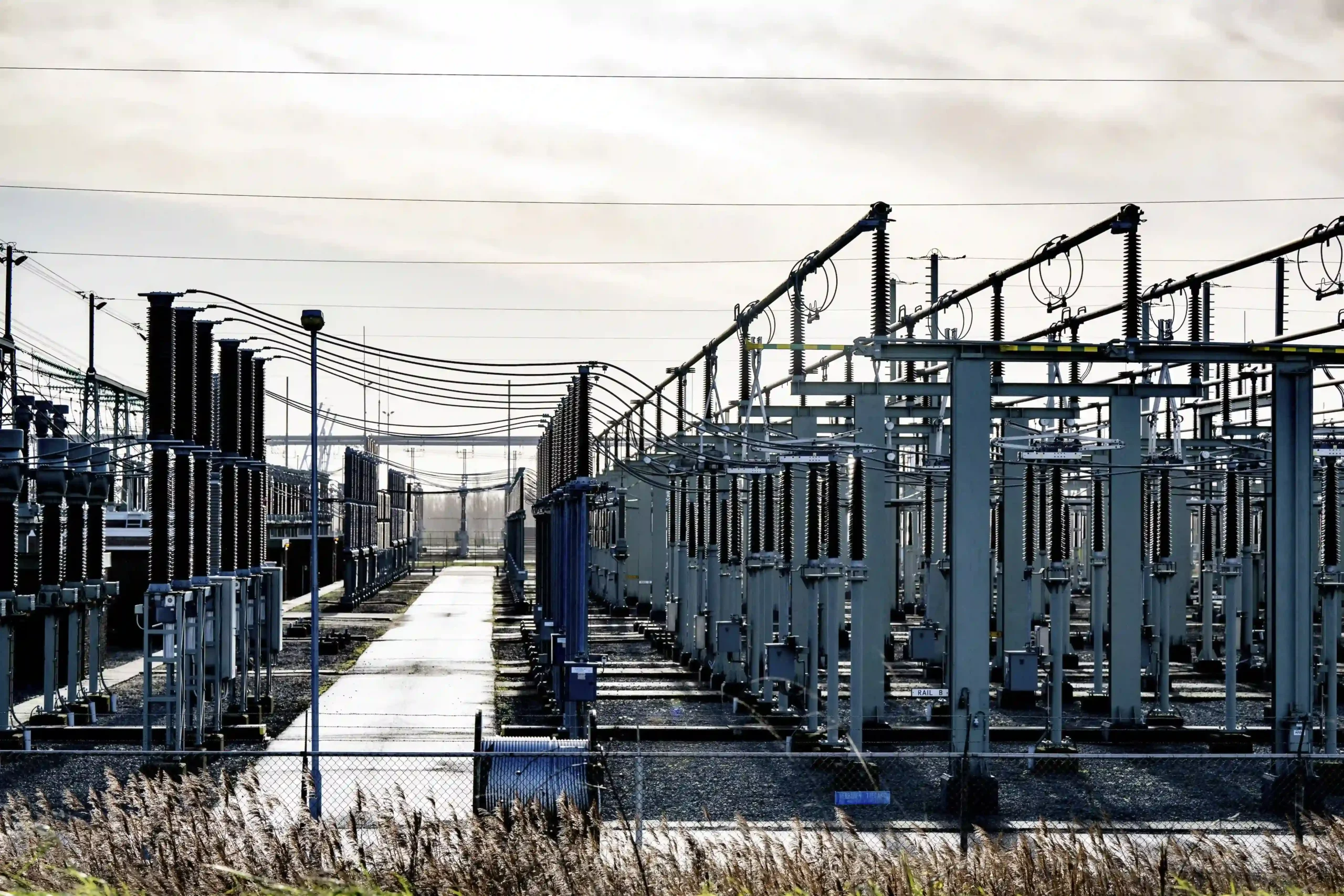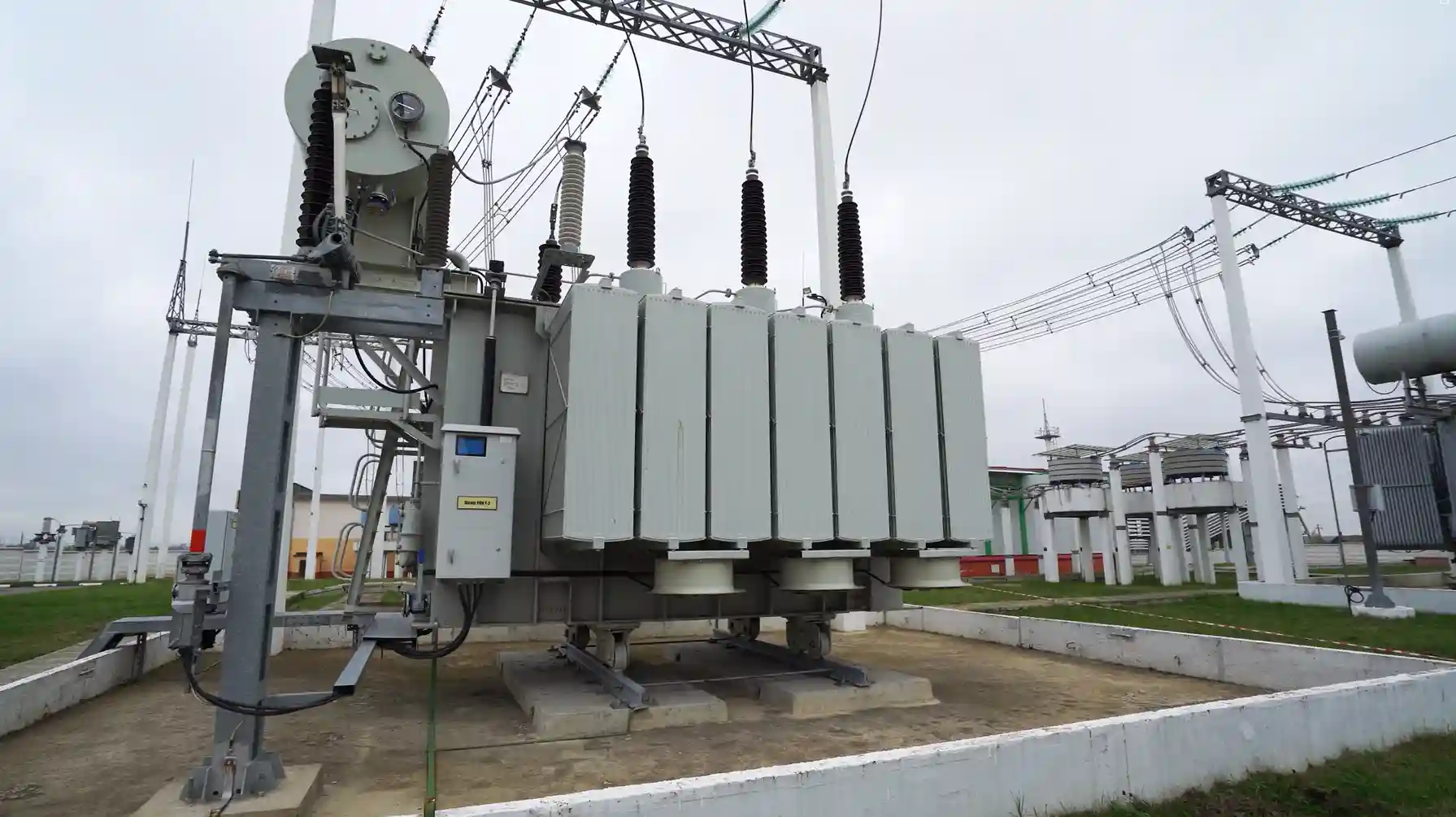For most asset-centric industries where uptime is synonymous with profitability, the evolution of condition monitoring has transformed insight into foresight. Power generation, transmission, manufacturing, and utilities are no longer relying on rigid schedules to upkeep their electrical assets. Instead, organizations are adopting the advanced frameworks of condition monitoring that anticipate failures with precision.
Among these frameworks, the two most discussed strategies are proactive maintenance and predictive maintenance. While they are often used interchangeably, they represent very different approaches. And so, understanding their nuances is critical for asset managers and reliability engineers to determine which one, or what combination, best aligns with their operational goals.
In this blog, we will explore the difference between proactive and predictive maintenance, their applications, and how they align with existing condition monitoring strategies to help decision-makers design a future-proof maintenance strategy.
The Evolution of Condition Monitoring Strategies
Industrial asset maintenance has evolved over the years, shifting from a reactive to a proactive and then to a predictive approach. With each advancement, the incorporation of advanced technologies, such as IIoT systems and data-driven analytics, has enhanced and transformed the foundational condition monitoring framework.
To appreciate the difference between proactive and predictive maintenance, let us look at them in a broader continuum of maintenance strategies:
First Generation (1940-1955)- Reactive Maintenance
- Addresses failures only when the equipment breaks down.
- Relied on routine maintenance
- Inefficient due to increased unplanned downtime
Second Generation (1955-1975)- Preventive Maintenance
- Performing scheduled servicing of electrical assets at fixed time intervals
- Depends on asset usage rather than asset performance & conditions
- It is somewhat effective but requires constant evaluation and resources.
Third Generation (1975-2000)- Condition-Based Proactive Maintenance
- Used advanced technologies such as sensors and data analytics to predict when a failure might occur
- Addressed root causes of asset failures and mitigated known risks
- Real-time data from assets reduced unplanned downtime & maintenance costs.
Fourth Generation (2000-Current)- Predictive Maintenance
- Forecast failures using advanced technologies such as IIoT technology & artificial intelligence
- Advanced condition monitoring that aligns operational goals with asset efficiency
- Real-time alerts, customizable thresholds, and actionable data to foresight, plan, and predict failures before they occur.
While both proactive and predictive maintenance are built on the same framework of condition monitoring, their approaches for further integrating advanced technologies differ.

Source: https://precisionlubrication.com/articles/predictive-maintenance/
How does Proactive Maintenance Integrate with Condition Monitoring?
At its core, proactive maintenance is about eliminating the root causes of electrical asset failures before they occur. It is a reliability-centric maintenance that combines engineering and system design. Instead of waiting for condition monitoring signals or performance degradation, proactive maintenance tackles the following questions:
Why do assets fail in the first place?
How can we redesign or adjust our maintenance strategy?
How can we improve our practices so that those failures never occur again?
Key Characteristics of Proactive Maintenance:
- Root cause elimination of critical failures
- Involves suggestions for system design improvements that further improve the health & performance of electrical assets
- Requires continuous system training, documentation, and cross-functional accountability
- Relies on long-term reliability data rather than continuous monitoring, i.e., data-driven and not event-trigged condition monitoring
For example, poor lubrication or improper grounding of electrical assets can cause recurring failures. Proactive maintenance identifies these issues by analyzing and understanding historical asset data to address failures before they occur. Rather than triggering an alarm, it suggests maintenance to prevent its occurrence and build resilience.
How does Predictive Maintenance Integrate with Condition Monitoring?
Predictive Maintenance, on the other hand, is a leap forward in data-driven condition monitoring. By integrating real-time condition-based strategies with AI-driven analytics, predictive maintenance can forecast the precise moment when intervention is needed. Instead of deploying maintenance within a broad time range, predictive maintenance is performed just-in-time, reducing operational costs and planned maintenance time.
Not too early, not too late, but just in time.
Key Characteristics of Predictive Maintenance:
- AI & data-driven based condition monitoring
- Uses machine learning algorithms to identify patterns and predict remaining useful life (RUI)
- Maintenance revolves around asset health & performance degradation, taking into consideration its real-time activity.
- Allows scalability across a broad asset range and locations due to its versatility.
While proactive maintenance is holistic and reliability-centric, predictive maintenance has emerged as a business strategy to maximize asset life and ensure overall operational & maintenance efficiency. Though both types of condition monitoring enhance reliability, they serve different operational goals.
When to Choose Proactive Maintenance over Predictive Maintenance for Industrial Plants and Electrical Grids
The decision between proactive and predictive maintenance often boils down to their context. In industrial plants, proactive maintenance is particularly beneficial, as budgetary constraints often limit the deployment of advanced solutions across the entire ecosystem. Instead of installing sensors on every minor electrical asset, this condition monitoring strategy enables scalability and tracking of all maintenance processes at a centralized location.
While predictive maintenance is often portrayed as the gold standard, proactive maintenance is indispensable in certain contexts. Proactive maintenance is best suited where the cost of deploying predictive maintenance outweighs the risk of failures. Historically, in electrical grids, this type of condition monitoring has been indispensable. Correcting issues such as insulation degradation, breaker misalignment, or hotspots proactively ensures system-wide reliability. Thus, building resilience before failures occur.
For Proactive Maintenance:
- To address design-induced failures
- Budget-constrained operations
- Non-critical assets
- For root-cause analysis, failure mode assessment, and effects analysis (FMEA)
- Enhancing grid stability
For Predictive Maintenance:
- Critical assets with high downtime costs
- To analyze complex failure modes
- For safety-sensitive environments
- Distributed asset fleets
- Complete real-time visibility
The Comprehensive Approach: Combining Condition Monitoring Strategies for Enhanced Asset Reliability
Forward-thinking organizations no longer debate between proactive and predictive approaches. Instead, they integrate the two into a layered condition monitoring:
1. Foundation: Proactive Condition Monitoring Practices
- Establish reliability engineering frameworks.
- Conduct RCA and FMEA studies.
- Train teams on best practices in lubrication, alignment, and electrical testing.
2. Overlay: Predictive Intelligence
- Deploy condition monitoring and maintenance tools across critical assets.
- Implement AI-powered analytics to forecast failures.
- Integrate data into enterprise asset management (EAM) or CMMS systems.
3. Feedback Loop
- Insights from predictive analytics feed back into proactive programs. For example, repeated bearing faults detected via PdM can inform a redesign or material change (proactive correction).
4. Outcomes of Condition Monitoring Integration
- Maximized asset uptime and lifespan.
- Reduced OPEX through optimized resource allocation.
- Increased safety and regulatory compliance.
- A future-proof path toward Industry 4.0-enabled condition monitoring strategy.
Strategic Takeaways for Decision-Makers Implementing Condition Monitoring
For decision-makers, the implications are clear. Relying on a single approach may deliver short-term benefits but limit long-term resilience. But with a combined approach, it establishes a culture of reliability that is both human-centered and technology-enabled, capable of evolving alongside Industry 4.0 transformations.
- Don’t view proactive and predictive maintenance as competitors. They are complementary layers of a holistic reliability strategy.
- Industrial plants and electrical grids should use proactive approaches for systemic improvements and predictive methods for real-time intervention.
- Investments in predictive maintenance solutions should be prioritized for critical, complex, and high-cost assets.
- The ultimate maturity model integrates proactive, predictive, and condition monitoring into a unified, data-driven system.
Rugged Monitoring’s Solutions: Empowering a Combined Condition Monitoring Approach
Rugged Monitoring offers comprehensive electrical asset condition monitoring solutions designed to empower businesses across industries. Our solutions combine a data-driven approach with advanced technologies, such as IIoT sensors and AI-powered APM, to deliver actionable insights, reduce maintenance costs, and optimize performance.
Along with proactive and predictive capabilities, our condition monitoring solutions ensure seamless integration with retrofit options, quick deployment, and plug-and-play efficiency for high precision and accurate measurements.
Without having to choose one over the other, our solutions also align with organizational goals, budgets, and asset criticality. Thus, enabling a future-ready maintenance strategy that balances cost efficiency with asset reliability is critical for industries.
Talk to our experts today and learn how you can implement this combined approach!





